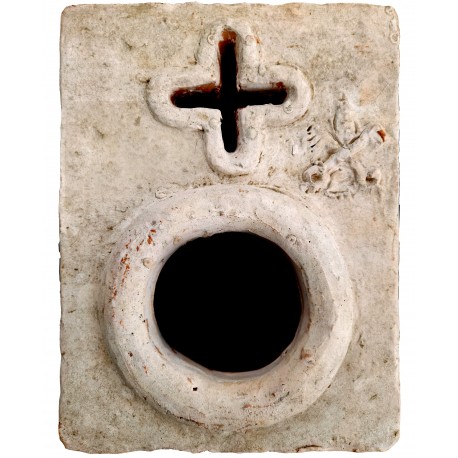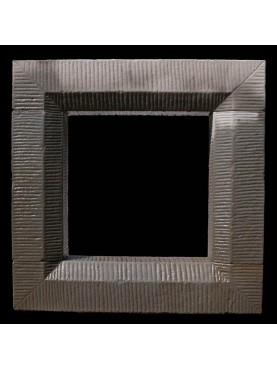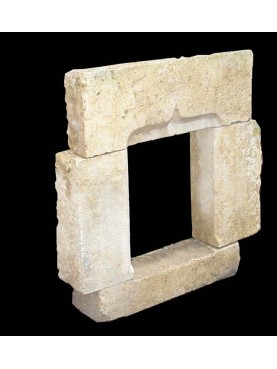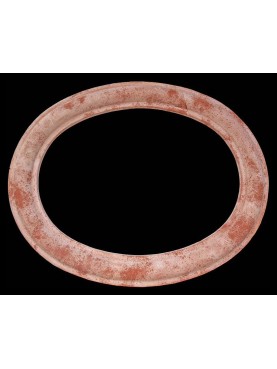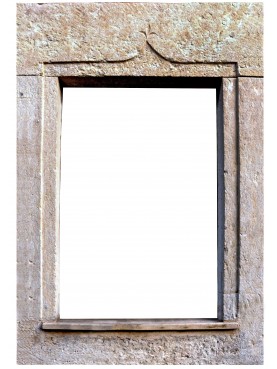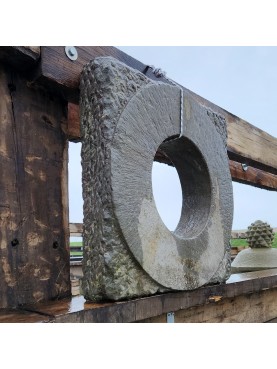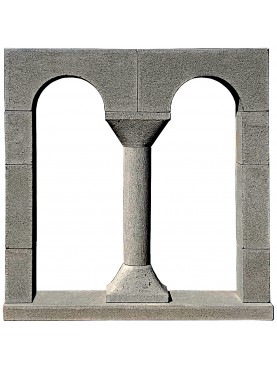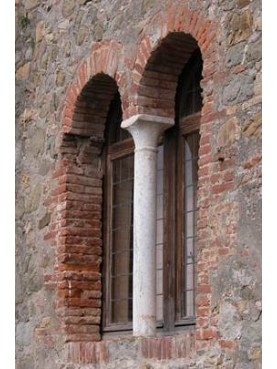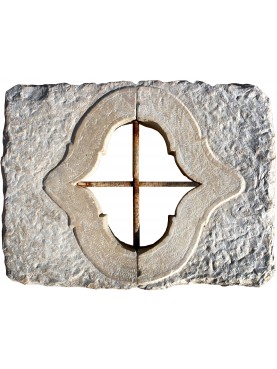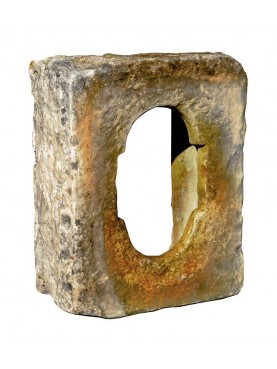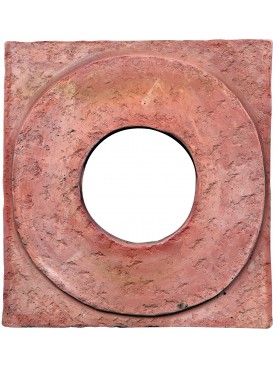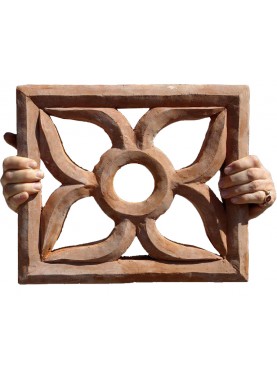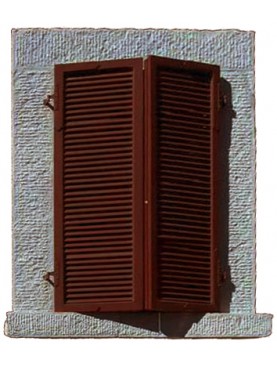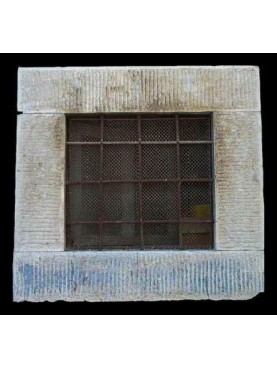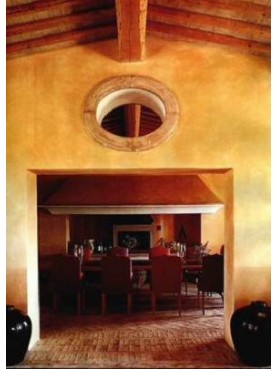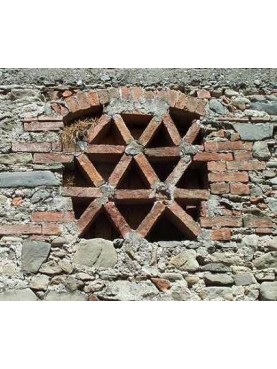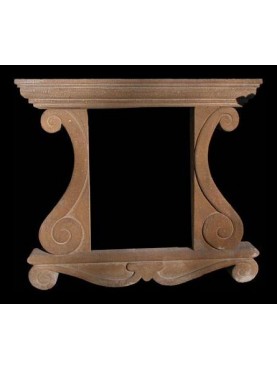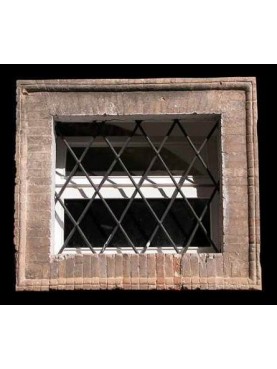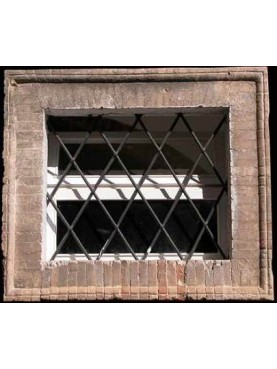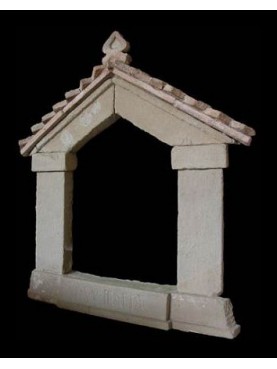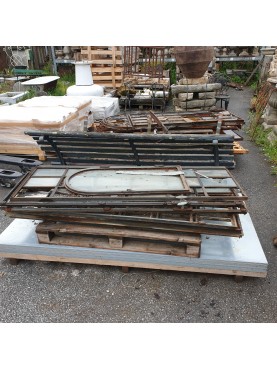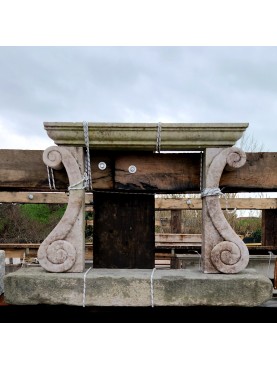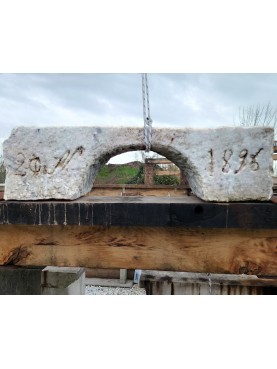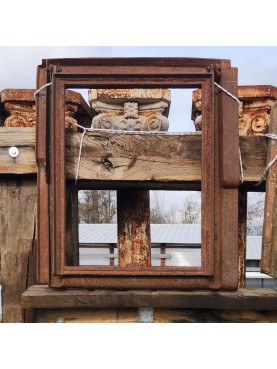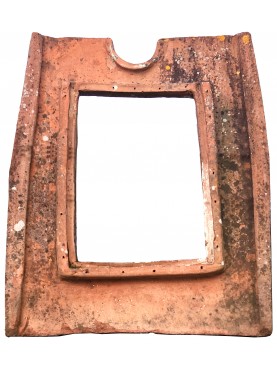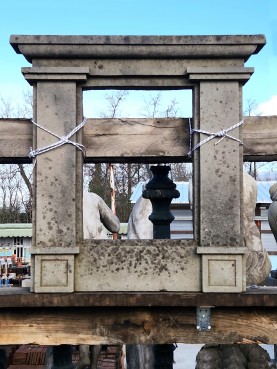Medieval terracotta slit for bows, crossbows and arquebuses
Medieval terracotta slit for bows, crossbows and arquebuses
15114
New
1 Available
Data sheet
| Height | 11.42 in | 29 cm |
| Width | 8.27 in | 21 cm |
| Thickness | 2.76 in | 7 cm |
| Historical period | 16th century | |
| Manufacturing | Made in Italy | |
| Material | Terracotta |
More info
The loophole is an opening in the walls of fortifications designed to hit the enemy while remaining sheltered.
Generally the slits are characterized by a narrow slit, vertical, horizontal or cross-shaped, which progressively widens towards the inside in order to allow sufficient room for maneuver for the shooter who uses it. Given the typical thickness of the walls, in fact, it would not otherwise be possible to rotate laterally or tilt vertically to keep a large external area under fire.
The development of thrown weapons during the Middle Ages corresponded to the spread of the loophole which flanked the machicolations no longer capable of ensuring adequate defense. Thanks to this fissure the besieged had the possibility of hitting the enemy even from a distance with bows and crossbows without exposing themselves.
Initially the loopholes were also often used on the lower floors, closer to the ground, but later it was understood that their presence at the base of the fortification clearly suggested to the enemy the existence of weak points caused by the corresponding thinning of the walls. In this way the besiegers were implicitly shown the place where they could dig underground tunnels up to the foundations of the fortification, with the intention of causing the walls themselves to collapse (mine technique).
With the advent of firearms, rectangular slits were replaced by circular ones more suitable for arquebuses and muskets.

